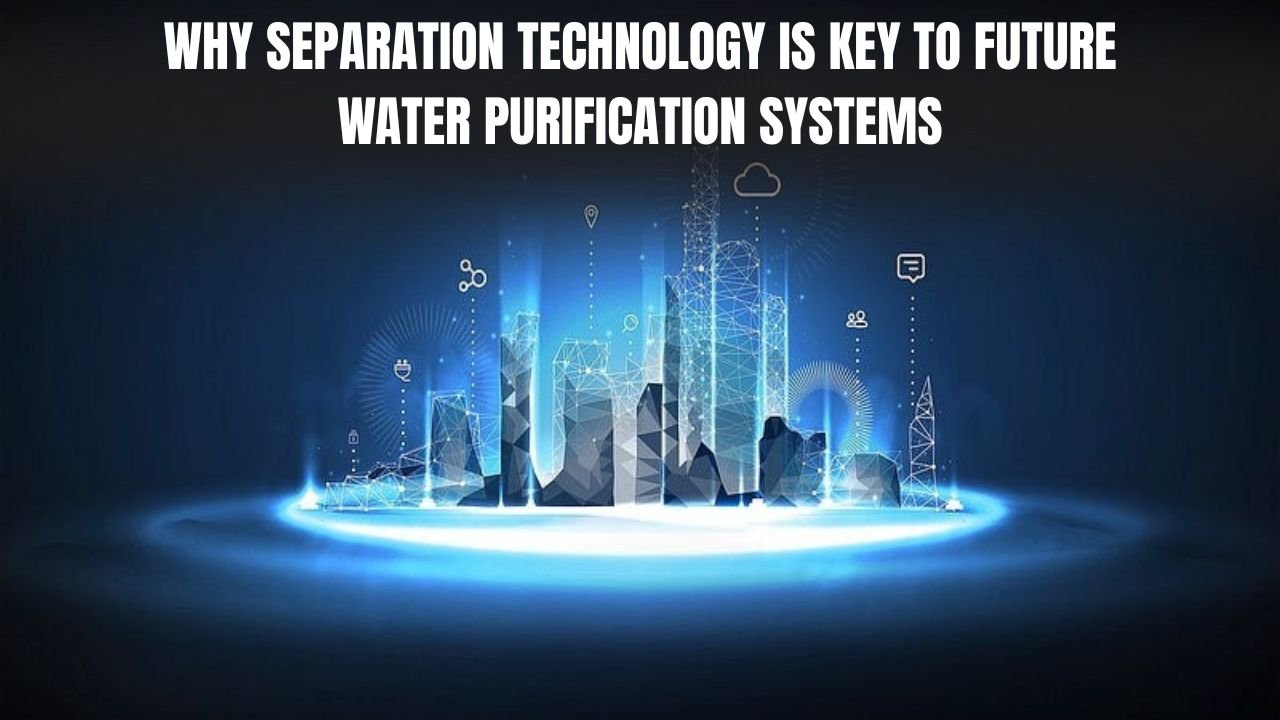Did you know that there are over 3 million South Africans who have not yet got access to clean drinking water? This number does not only pertain to one nation, but signs towards a world crisis involving water. Since the water crisis keeps on rising, it has turned out to be obvious that advanced water purification systems are needed urgently in order to guarantee clean and safe water. Tell us about what recent technologies will change the world of water purification in the nearest years.
Advanced water filtration technologies: Precise control over impurities
Filtration of the water is the most significant and essential stage of water purification process. In the conventional methods, large particles, bacteria, algae and fungi were only removed. However, the modern technologies have made filtration possible to the micro and nano scale.
It is now pressurizing ultra-filtration membranes that can filter even particles that cannot be seen with naked eyes. The food and beverage industries especially milk, juice and beer are the industries that are aided by this technology. The technology is not only practical when it comes to sustaining the transparency and quality of products, but it is also very healthy when considered health wise.
Nanotechnology and artificial intelligence (AI) based filtration systems will come in the future and cause a revolution in this area. With the use of AI, the purification procedure will be optimized in real-time, making the process faster and the quality of water purification high. This is where the South African company NEWater is steering ahead.
Reverse Osmosis (RO): Maintaining Mineral Balance
Reverse Osmosis, or RO, is a technology that helps remove salts, minerals and other dissolved impurities from water. It was invented in 1959 and has been the backbone of water purification ever since.
RO uses high pressure to force water through a membrane in the opposite direction, removing salts and other dissolved substances. The water produced is suitable for drinking, irrigation and industrial purposes.
In the future, RO technology will be made more energy-efficient and long-lasting. New membrane technologies as well as energy recovery devices will help reduce RO costs and reduce environmental impact.
Solar Water Purification: Solutions from Nature
The use of solar energy is an innovative and exciting advancement in water purification. The idea of purifying water with sunlight is not new, but recent scientific research has made it more effective than ever.
Harnessing the sun’s rays with black carbon-coated paper can purify water faster and more efficiently. When combined with solar stills, it can produce 10 to 20 liters of purified water per day.
This technology is proving extremely useful in countries like South Africa that receive ample sunlight but lack water purification resources. In the future, hybrid solar systems — such as electrocoagulation or capacitive de-ionization — will make water purification faster and more effective.
Water reuse and reclamation: Steps towards sustainability
The use of reuse and reclamation is the need of the hour to solve the issue of water crisis. Reuse and repurifying industrial wastewater or sewage do not only save water, however, it is also economical viable.
Water purification facilities have now advanced to the place where the water once recovered can be used to irrigate farms, control dust, and even feed a power station.
Even further in the future this process will be even more efficient and accessible with the use of decentralized water reclamation systems and increased membrane technology. When the investments are done, circular water systems can significantly minimize the wastage of water in South Africa.
Brine Management and Zero Liquid Discharge (ZLD)
It is also going to be even more important in the future to manage the brine that will remain after the process of purifying the water. ZLD technology aims at returning all the water and striving to eliminate any liquid waste.
Modern low temperature technologies have been able to replace the outdated energy demanding techniques. These industrial technologies may also recover valuable salts within the brine this can be used again so there is less harm to the environments.
ZLD technologies will be enhanced in the future, which will ensure that water purification becomes more sustainable, energy-efficient and green.
Water-Energy Connection: A New Thinking
The energy and water relationship is quite intense. Numerous efforts undertaken in cleaning up, pumping, and delivering water consume a lot of energy. Energy also needs water.
That is why contemporary water sanitation systems are being engineered in such a way that they include energy choices. The Solar Powered Water Purification Systems come in handy in localities where in order to access electricity people have to be on the grid.In future, these systems will incorporate more smart grids, energy recovery mechanisms and the hybrid energy as the systems will enhance the level of water and energy being utilized and in the direction of environmentally friendly sustainability to the global exploitation of resources.
Conclusion: Towards a Water-Rich Future
Considering how new techniques of water purification are continually being developed in the world today whether it is filtration, reverse osmosis, use of solar energy, reuse of water or even brine management we can be very confident that the future need not be grim concerning clean and safe water.
The technologies have become the light at the end of the tunnel to South Africa and other water parched parts of the globe. To a large extent, water crisis can be controlled, if industry together with governments invest in such modern systems.
